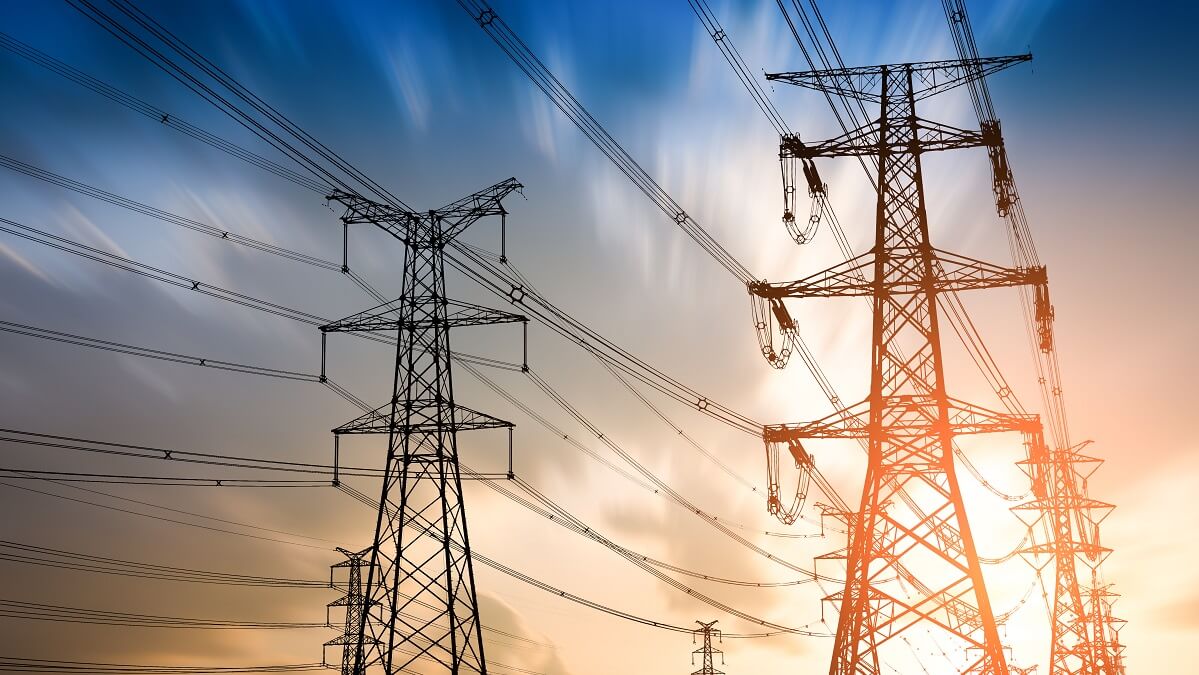The Australian Energy Regulator (AER) has revealed draft electricity price increases of between 20 and 22 per cent for the default market offer over the coming financial year.
However, the AER’s chair, Clare Savage, said the default market offer for electricity would likely have risen between 40 to 50 per cent without government intervention in the gas and energy markets late last year.
“Since [the government] started talking about interventions in October last year, the prices seem to have stabilised in the last couple of months,” she told RN Breakfast.
“So that’s not to say they couldn’t fall further. But I don’t have a crystal ball. If we saw major plant outages or reliability concerns, they could also rise.
“So we just need to keep collecting that information until we make the decision in May.”
The regulator will announce a final pricing determination in May that will take effect on 1 July.
A rise in price will only directly affect around 600,000 customers in South Australia, New South Wales and south-east Queensland, who are on the default offer, which is effectively a price cap for household and small business customers.
Specifically, customers in south-east Queensland can expect to see price rises of up to 20 per cent, South Australians up to 22 per cent, and New South Wales residents should brace for increases between 21-22 per cent, and up to 23.7 per cent for some on controlled load tariffs.
Small business customers can expect price rises of between 14.7 and 25.4 per cent, depending on their region.
Ms Savage said cheaper electricity prices could be found by shopping around.
“We do tend to see that when the default market offer rises, other offers in the market also rise, because they are responding to the same sort of cost pressures that we’ve been analysing,” she explained.
“But they should still be offering prices in the market that are lower than the default market offer. So it still makes sense to shop around.”
‘Probably a one-off’
The Grattan Institute’s energy program director, Tony Wood, said that even though the decision only directly affects around 600,000 people, other customers across most states can expect similar price rises.
“It works a little bit like the Reserve Bank interest rate,” he told The Business.
“When it moves, it tends to be adopted by all the retailers.
“And, of course, if you aren’t on a market offer, your retailer will almost certainly move your price as well, and how much they raise it by will be up to them, but they’ll probably move it by a similar amount.”
Victoria’s Essential Services Commission, which sets the price cap in that state, announced its draft decision today, which will see the average power bill in the state jump by more than 30 per cent.
The latest price hikes come after retailers were hit with higher wholesale energy costs last year after a series of outages at coal-fired power stations and soaring gas prices fuelled by Russia’s invasion of Ukraine.
“And, so, now we’re going to see the retailers seeking to recoup those costs,” Mr Wood said.
“And I think the regulator would largely be expected to pass those costs through in full [to customers].
“Now the only good news is that [it] is probably a one-off, and we would say you wouldn’t expect to see those sorts of conditions happening in the future.”
Mr Wood agreed with Ms Savage that the federal government’s cap on coal and gas wholesale prices appeared to be working to limit increases, but has not yet resulted in lower prices.
He said that even with the effect of those caps flowing through to retail energy bills, consumers should expect to pay even more again next year.
 © 2020 Australian Broadcasting Corporation. All rights reserved.
© 2020 Australian Broadcasting Corporation. All rights reserved.
ABC Content Disclaimer


Its very interesting that The Australian Energy Regulator can allow the draft electricity price increases of between 20 and 22 per cent .And then reveal that without government intervention the figure could have been between 40 to 50 per cent .
How on earth is that sustainable with those figures. Quite a few people sure as hell don’t know how to do their jobs properly to allow that to happen
But we must all be grateful that despite paying 20+ more it could have been more than double that. I am NOT grateful at all. I am sick of the dark green ideology that is forcing up these prices and we are having to pay for the folly of this government and its woke determination to drive Australia to the cliff and then push it over. We are now spending hundreds of billions of dollars on nuclear-powered submarines and yet still prevent nuclear-powered energy for the rest of us. We could still have cheap reliable energy if this government would just repeal the ridiculous law preventing us using our own uranium. How does the government expect to be able to build these new you bewt submarines witnhout a reliable baseload?
I seem to remember many promises in recent years of cheaper power bills, as we go further and further down the road (into the vortex?) of more green energy. But what is happening as we build more and more wind farms and solar panels, is that prices are skyrocketing!!! When will these promised reductions actually happen?
Something doesn’t add up – and I have an accounting degree!
Apparently not all fairy tales start with “Once upon a time …” Many start with “Furthermore, if elected, I promise …”